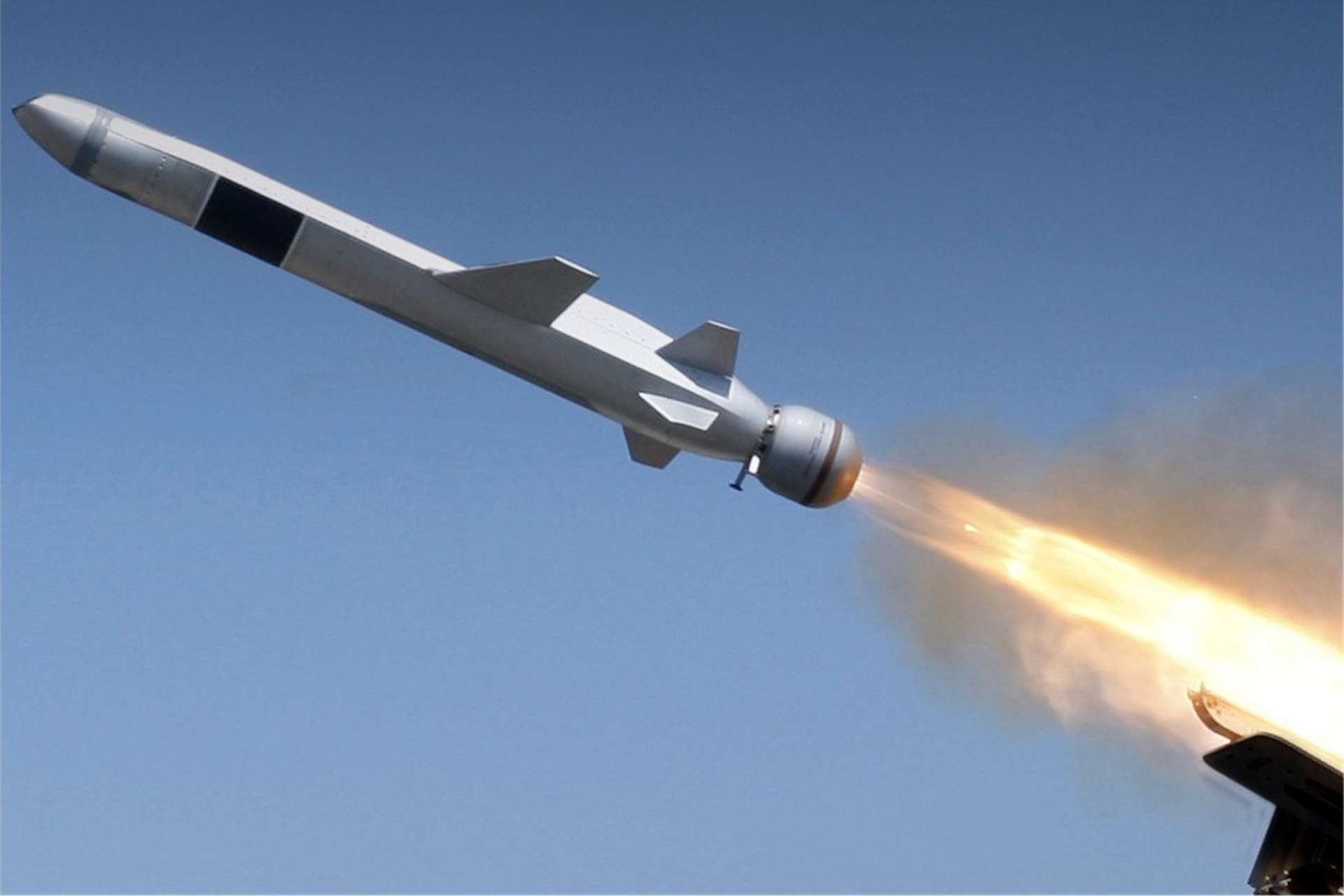Breaking News
Kongsberg achieves milestone: 1st Australian made Naval Strike Missile Launcher successfully tested.
According to a PR published by Kongsberg on December 10, 2024, the company has reached a milestone with the successful firing of a Blast Test Vehicle (BTV) from the first Australian-manufactured Naval Strike Missile (NSM) launcher. The test took place in Port Wakefield, South Australia, as part of Project SEA 1300 Phase 1 – Navy Guided Weapons, marking the final stage of the ‘First of Type’ testing for this new capability.
Follow Army Recognition on Google News at this link

Pioneering Defense: Kongsberg achieves a successful test of Australia’s first locally-made Naval Strike Missile launcher. (Picture source: Kongsberg)
The launcher, assembled at Kongsberg’s production and maintenance facility in Mawson Lakes, South Australia, was built using components sourced entirely from Australian industry. The BTV, consisting of an NSM booster rocket motor and a dummy missile, was used to validate the launcher’s operational capabilities under live-firing conditions.
Australia’s integration of the Naval Strike Missile (NSM) marks a pivotal advancement in its maritime defense capabilities. The NSM, developed by Kongsberg Defence & Aerospace, is a long-range, precision-guided weapon renowned for its advanced targeting systems, stealth features, and high survivability. Its adoption aligns with Australia’s strategic objectives to enhance its naval strike proficiency in the increasingly contested Indo-Pacific region.
The decision to acquire the NSM emerged as part of Australia’s effort to modernize its defense arsenal, replacing the aging RGM-84 Harpoon Block II missiles used on Anzac-class frigates and Hobart-class destroyers. Recognizing the rising security challenges in the Indo-Pacific, the Australian Department of Defence fast-tracked the NSM’s procurement in 2022. By 2024, the Royal Australian Navy (RAN) had successfully tested the NSM during the Rim of the Pacific (RIMPAC) exercise, showcasing its operational readiness. The missile’s deployment demonstrated a significant leap in the RAN’s ability to conduct precise and extended-range strikes against naval and land-based targets.
The NSM’s integration into Australia’s fleet brings advanced features that enhance operational capabilities. Its precision targeting relies on an imaging infrared seeker and GPS/INS navigation, ensuring effectiveness against moving targets. The missile’s stealth capabilities, including a low radar cross-section and infrared signature, make it highly survivable in contested environments. With an extended range exceeding 185 kilometers, the NSM provides Australia with a critical advantage in countering threats across the vast maritime domain of the Indo-Pacific.
The strategic implications of the NSM’s deployment are profound. It enhances Australia’s deterrence posture and contributes to regional stability by enhancing the Royal Australian Navy’s ability to counter adversarial forces. The missile’s capabilities align with Australia’s commitment to maintaining a robust defense strategy as part of its alliances, particularly under frameworks like AUKUS.
Australia’s emphasis on developing sovereign capabilities has been a critical aspect of the NSM program. The partnership with Kongsberg Defence Australia has facilitated local production of key components, including missile launcher canisters. Plans to establish a manufacturing facility in Newcastle for the NSM and the Joint Strike Missile (JSM) reinforce this commitment to self-reliance. These initiatives not only reduce dependence on foreign suppliers but also foster the growth of Australia’s defense industry, create skilled jobs, and position the country as a potential exporter of advanced missile technology.
The integration of the NSM is not without challenges. The high costs associated with acquisition and integration necessitate sustained investment, while ensuring compatibility with existing naval systems requires careful technical oversight.


























